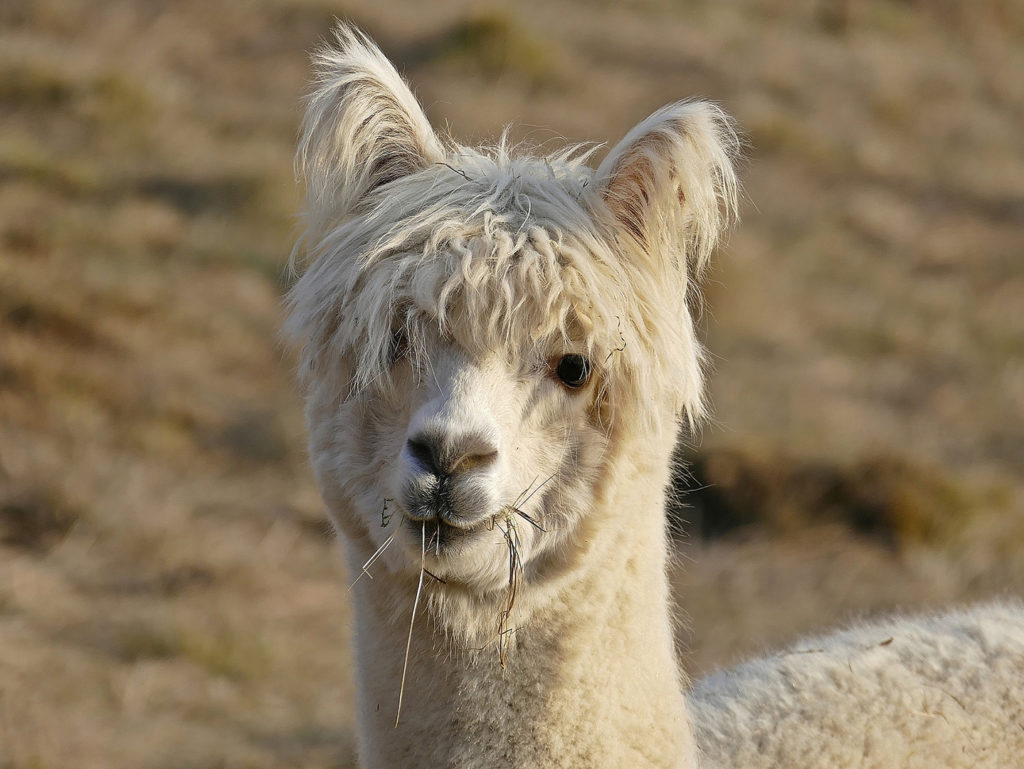Bad To The Bone: Fibrous Osteodystrophy In Large Animals

Horses, camels, llamas, and alpacas have more of a bone to pick with metabolic bone diseases—diseases associated with dietary deficiencies—than many owners realize. Fibrous osteodystrophy, in particular, can have serious consequences if not caught and treated early.
Dr. Evelyn MacKay, a clinical assistant professor at the Texas A&M College of Veterinary Medicine & Biomedical Sciences (CVMBS), explains the details of this bone disease and how owners can keep their animals safe.
Fibrous osteodystrophy in large animals is usually caused by an improper diet that creates nutritional deficiencies in calcium and vitamin D, often accompanied by an excess of phosphorus.
These nutritional deficiencies cause the affected animal’s body to reabsorb calcium from bones, which leads the bones to be replaced by fibrous connective tissue, or bundles of collagen fibers found in tendons and ligaments. Fibrous osteodystrophy can also be caused by tumors of the parathyroid gland and chronic kidney disease.
This weakening of the bones causes swelling of the upper and lower jaw, dental problems, lameness, difficulty standing, and, if severe enough, fractures of bones. Symptoms vary from animal to animal, but most affected animals also display a decreased appetite and lethargy due to discomfort.
“To diagnose this condition, we start with x-rays, which confirm that the bone is less dense than it should be. We also perform bloodwork to look at calcium and phosphorus concentrations in the blood, kidney function, and hormone concentrations,” MacKay said.
A far sneakier and invasive contributor to the bone ailment in camelid species, like alpacas, llamas, and camels, is parasites.
“Texas has serious issues with parasites,” MacKay said. “Gastrointestinal parasites probably contribute to animals’ inability to absorb nutrients appropriately, especially vitamin D.”
While the condition is, unfortunately, irreversible, treatment can help stop the worsening of swelling and improve the animal’s comfort level and quality of life.
”The most important treatment for this condition is to ensure that the animal is on a balanced and appropriate diet. Supplementation of vitamin D may be helpful in some cases, and additional medications exist for the treatment of horses with this disease,” MacKay said. “Although affected animals are calcium deficient, usually part of the problem is they have excessive phosphorus in their diet, which exacerbates the calcium issues.
“Owners should have a good relationship with their veterinarian, discuss what is the most appropriate diet for their animal, and make sure to choose feeds that are formulated for that species or something as close to that species as possible,” she said
If your large animal is diagnosed with fibrous osteodystrophy, taking appropriate, timely action to prevent the further exacerbation of the disease’s symptoms is the best way to help your animal recover and live a healthier, happier, and pain-free life.
Pet Talk is a service of the College of Veterinary Medicine & Biomedical Sciences, Texas A&M University. Stories can be viewed on the web at vetmed.tamu.edu/news/pet-talk. Suggestions for future topics may be directed to vmbs-editor@tamu.edu.


